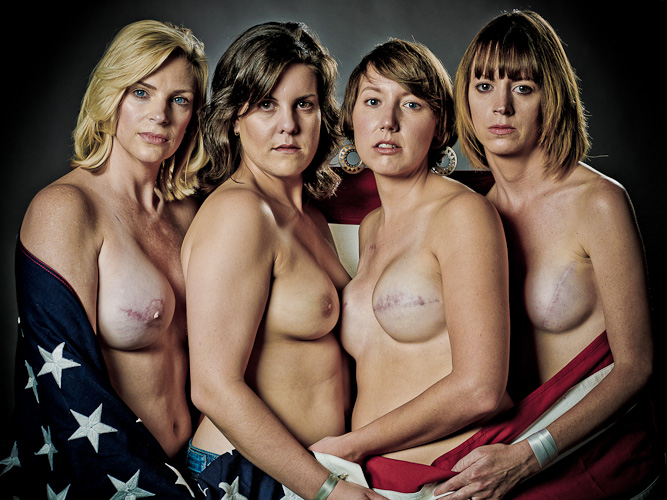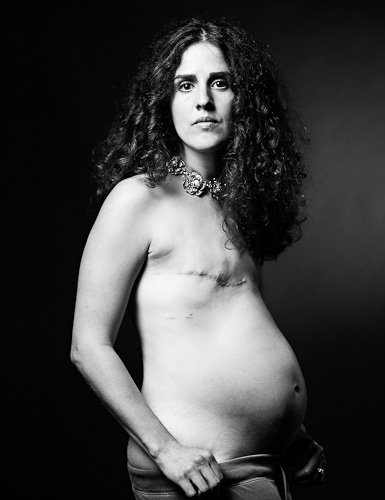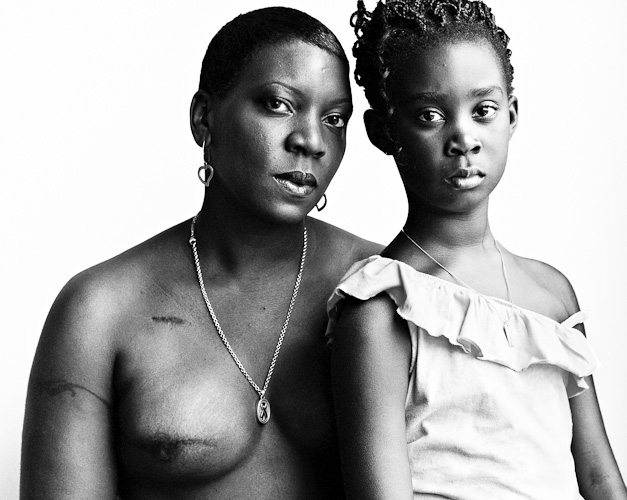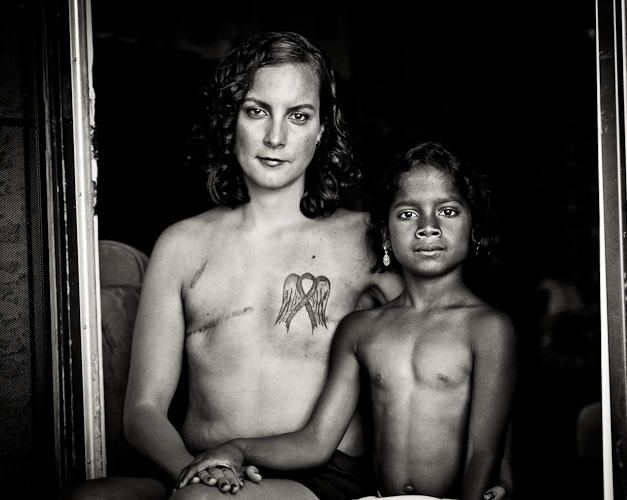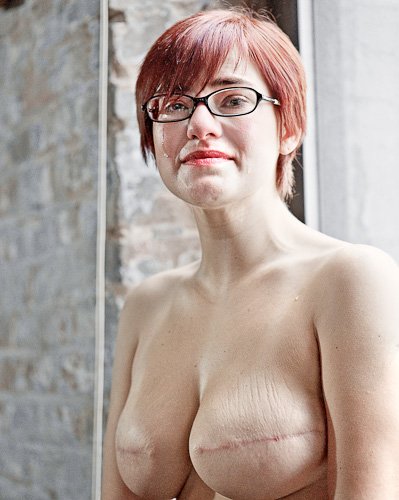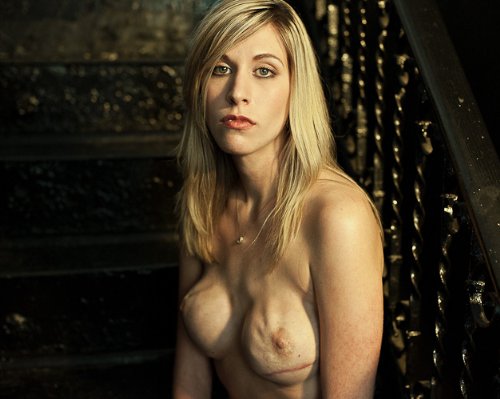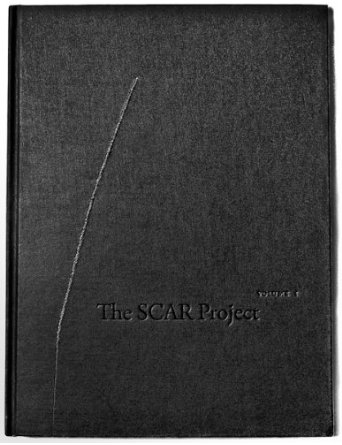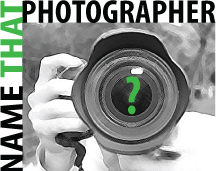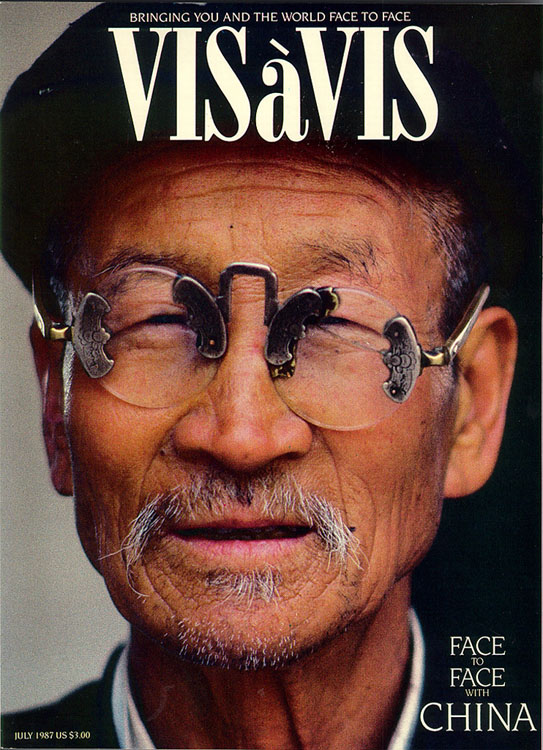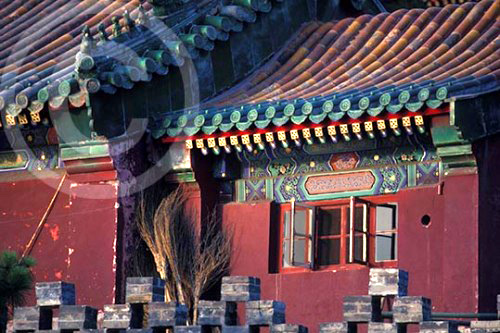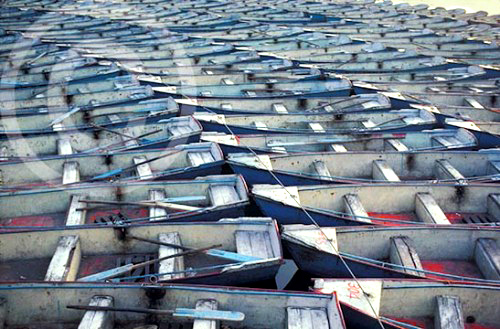October is National Breast Cancer Awareness Month—a month awash in pink; pink ribbons, races, rallies; pink lights illuminating landmark buildings; pink shoes worn by NFL players. This sugary color is everywhere to remind us about a hideous disease that ravages 1 in 8 women and more than 2,100 men each year. It is there to implore us to get screenings and inspire us to raise funds for research so we can put an end to it.
While this is all good, it has its limits. To me there’s no better way to understand the reality of breast cancer than to experience The SCAR Project. This book and photographic exhibition goes far beyond the pink and grabs us by the throat, forcing us to come face to face with the human dimension of this disease, reminding us that under no uncertain terms is breast cancer a pink ribbon.
Australian-based fashion photographer, David Jay, created this project to pay tribute to young breast cancer survivors under age 40, a group least often associated with the disease even though it’s the leading cause of deaths in young women ages 15 to 40. Ten thousand women in this age group will be diagnosed this year alone.
His raw portraits may be difficult to look at, but even harder to to forget because these courageous and beautiful women represent breast cancer stripped down to the bare truth.
Speaking about the project in Digital Photo Pro, Jay says, “For these young women, having their portrait taken seems to represent their personal victory over this terrifying disease. It helps them reclaim their femininity, their sexuality, identity and power after having been robbed of such an important part of it. Through these simple pictures, they seem to gain some acceptance of what has happened to them and the strength to move forward with pride.”
To see more images and find additional information, please go to The SCAR Project: http://www.thescarproject.org.
or check out the book on Amazon.
Here’s a synopsis:
The SCAR Project: Breast cancer Is Not a Pink ribbon. Volume I is 126 pages and contains 50 portraits of young breast cancer survivors, as well as an autobiographical sketch by each woman, describing her experience with breast cancer. The SCAR Project is an exhibition of large-scale portraits of young breast cancer survivors shot by fashion photographer David Jay. The SCAR Project puts a raw, unflinching face on early onset breast cancer while paying tribute to the courage and spirit of so many brave young women. Dedicated to the more than 10,000 women under the age of 40 who will be diagnosed this year alone The SCAR Project is an exercise in awareness, hope, reflection and healing. The mission is three-fold: to raise public awareness of early-onset breast cancer, to raise funds for breast cancer research/outreach programs and to help young survivors see their scars, faces, figures and experiences through a new, honest and ultimately, empowering lens.

